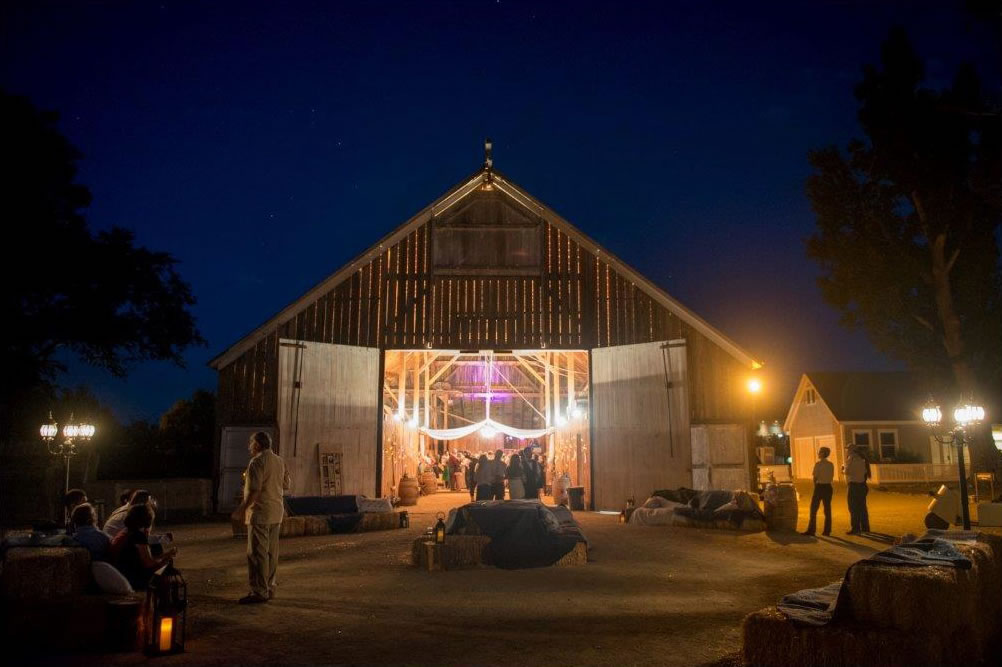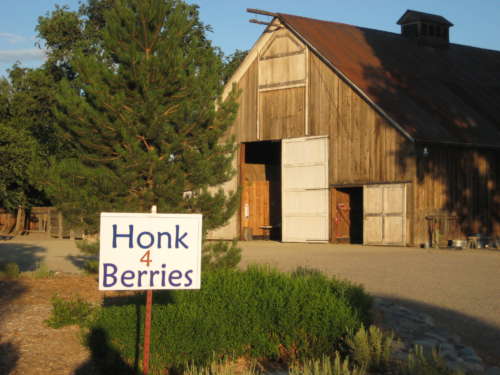 As Highway 395 through Gardnerville and Minden has grown and evolved over the years, large pockets of Carson Valley have managed to remain true to the community’s agricultural roots. Conservation easements have helped preserve vast swaths over cattle-speckled pastureland on either side of town. Chris Bently had dedicated a large portion of the Bently Ranch toward growing grain for the Bently Heritage Estate Distillery, now Minden Mill Distilling, currently operating out of the fully restored Minden Flour Mill – another throwback to the Valley’s history.
As Highway 395 through Gardnerville and Minden has grown and evolved over the years, large pockets of Carson Valley have managed to remain true to the community’s agricultural roots. Conservation easements have helped preserve vast swaths over cattle-speckled pastureland on either side of town. Chris Bently had dedicated a large portion of the Bently Ranch toward growing grain for the Bently Heritage Estate Distillery, now Minden Mill Distilling, currently operating out of the fully restored Minden Flour Mill – another throwback to the Valley’s history.
And there’s the case of Jacobs Berry Farm – an innovative, grass roots effort located a few blocks off of Main Street that is methodically building a new model for sustainable Ag Tourism. The Lampe Ranch used to cover a bulk of downtown Gardnerville, sprawling over the current site of Lampe Park and extending outward past where the Raley’s shopping center sits. When Jack Jacobs and his wife, Diana, purchased what was left of the original ranch – located at 1335 Centerville Lane – in 2002, only five acres remained.
Over the past 15 years, they have restored and refurbished the property’s barn, the ranch house, the bunkhouse and the dairy/creamery. It’s a lot of work crammed into that one sentence – wrapping the three or four structures of the ranch house into one, connecting it all together with milled clapboard siding. They hand-cut more than 5,000 wooden pickets for the white fencing around the house.
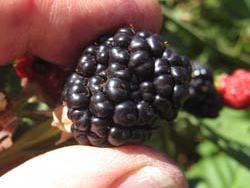
One of the many varieties of blackberries grown on the farm.
In time, they added more projects to the overall refurbishment of the property. The cost of restoration, though, started Jack Jacobs to thinking of ways to offset the expenses and generate some revenue. Somewhere along the way, berries entered the discussion. “We had this alfalfa field I knew we could do something with,” Jacobs, a retired civil engineer, told the Carson Valley Times in 2013. “I looked into it and there was no good information out there about growing berries in Carson Valley. Other parts of the country could get a large yield out of it though, so I set about figuring out how to do it here.”
The Jacobs spent 2009 preparing the soil, planted seven rows of berries in 2010, expanded to a full field in 2011 and turned around their first commercial harvest in 2013. Blackberries and raspberries, up to 2,000 pounds worth, are grown annually. Bees are kept on site to work the field and the honey they produce is also sold out of the creamery. The barn, which is now the centerpiece of the property, became a sought-after rental venue and the farm began playing host to weddings, family reunions, and community events.
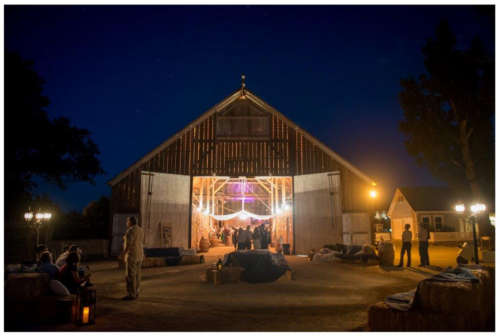
Wedding photo courtesy of Stephanie Secrest.
In 2013, they opened the creamery building to sell berries and jams out of. “It’s an emerging area to sustain a piece of property like this,” Jacobs said. “Probably the best way to do it is to share it. People love it. Everybody that comes here just really enjoys it. The key is just being willing to share it, to allow it to happen. At the same time, you don’t want it to turn into Disneyland … You want to create something authentic, to share it and still live here. It’s a balance you have to figure out.”
In 2016, the farm was contacted by a representative from the National & State Historical Register. Jacobs shared information from the Lampe family records and a nomination for listing approved by the Nevada Department of Museums and History was submitted on June 15, 2017. “Because of the multiple buildings on the property of significance, we were nominated as a historical district,” Jacobs said. The nomination is currently being considered by the National Park Service.
For now, the berry business continues to boom. “Currently we are selling out of berries the day we pick them … many times by new customers who saw our sign or learned from another who said ‘haven’t you been to the berry farm yet?’” Jacobs said. “Many customers are new to the Valley. We often feel like ambassadors greeting and welcoming new neighbors and sharing a bit of history.”
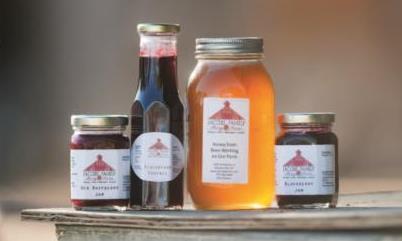
Berry jam, syrup, and honey are sold from the creamery.
For more information, visit www.jacobsberries.com. During the harvesting season (July-September), on select days, the public is welcome to come pick berries.
Story by Michael Palledorous, a noted campfire storyteller, an avid swimmer, and a hapless backyard second baseman.



